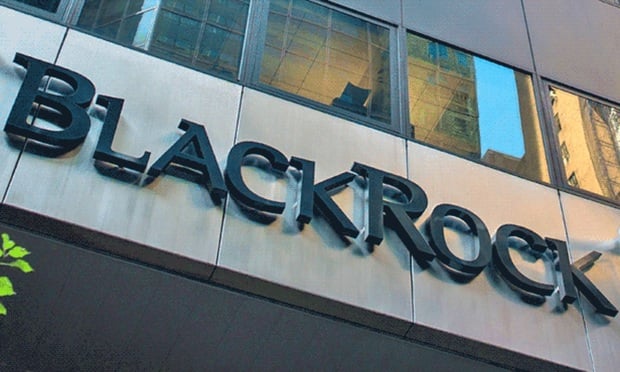Despite similar views on how much they should be saving for retirement, African Americans and Hispanics/Latinos are saving less for retirement than whites, signifying a persistent retirement savings gap that could hint at a crisis to come.
According to the 2020 Employee Retirement Trends Report by Vestwell, a digital recordkeeping platform, more than half of respondents believe they should be saving more than 10 percent of their salary in a retirement savings plan, and 65 percent believe they should be saving at least 7 percent of their salary.
Recommended For You
However, in reality, most employees save 6 percent or less of their salary, with whites generally contributing at a greater rate than Hispanics/Latinos and African Americans. Forty-two percent of whites contribute more than 6 percent of their salary to retirement savings, compared with 26 percent of Hispanics/Latinos and 15 percent of African Americans, according to the survey of 1,006 401(k) savers.
Perhaps as a result, whites tend to have more money saved for retirement. Sixty-four percent of white respondents had more than $10,000 saved for retirement and 40 percent had more than $50,000 saved, the survey found. Meanwhile, only 42 percent of Hispanic and Latino respondents indicated they have more than $10,000 saved and 16 percent have more than $50,000 saved. The gap is even wider for African American respondents, with only 38 percent having more than $10,000 saved and 11 percent having more than $50,000 saved.
These figures correlate with a lack of confidence about finances in retirement among Hispanic/Latino and African American respondents. Thirty-five percent of white respondents were confident that they would retire comfortably, compared with 25 percent of Hispanic/Latino respondents and 20 percent of African American respondents.
The report also found a gap in education among retirement savers. While 80 percent of whites said they understood how their retirement plan works somewhat or very well, only 66 percent of Hispanic/Latino savers and 65 percent of African American savers said they understood how their retirement plan works. Hispanics/Latinos and African Americans were notably more interested in learning about certain topics than whites, including learning the benefits of saving, how to invest, and how loans, distributions and hardships work.
Advisors have an important role to play in helping to close this gap, said Vestwell. While the majority of those surveyed said they would like the advice of plan advisors, and 70 percent of those who were contacted welcomed it, only 41 percent of respondents said an advisor has reached out to them in the past year.
"This illustrates the massive opportunity advisors have to connect with — and influence — participants," said Vestwell. "Not only can advisors help guide participants, but they can also work with plan sponsors to influence plan design and matching to encourage higher participation rates and more successful outcomes."
For those respondents who were not contributing to their 401(k), about one-third said an employer match would help motivate them to contribute, while 19 percent said a higher salary would help and 12 percent said they would contribute more after paying off other obligations. Eleven percent said better education about saving would help, and 9 percent said they were unaware that they were eligible for their 401(k) plan.
The study also evaluated 401(k) engagement amid the pandemic and resulting financial difficulties faced by individuals. Overall, Vestwell found that employees largely stayed the course this year, with only 7 percent of respondents saying they took out a loan, hardship distribution or both. However, of those who did leverage those tools, 40 percent said it was because of the pandemic.
In response to financial uncertainties surrounding the pandemic, 60 percent of survey respondents said their behavior regarding their 401(k) stayed the same. About one-quarter said they checked their account more often, 10 percent increased their contributions, 8 percent checked their account less often, 6 percent made investment changes, and 5 percent decreased contributions.
The survey also checked in with employees about the impact of the presidential election on their 401(k) attitudes. Respondents generally indicated support for a campaign proposal President-elect Biden made that would require employers to offer a pension plan if they don't already and auto-enroll participants. Three-quarters of respondents were in favor of auto-enrollment features that allow participants to opt out. The majority of participants also indicated they view lowering taxable income as a main benefit of contributing to a 401(k), which Vestwell tied to a Biden proposal that could establish a flat tax advantage for savers regardless of income.
Kristen Beckman is a freelance writer based in Colorado. She previously was a writer and editor for ALM's Retirement Advisor magazine and LifeHealthPro online channel. She also was a reporter for Business Insurance magazine covering workers compensation topics. Kristen graduated from the University of Missouri with a degree in journalism.
© Touchpoint Markets, All Rights Reserved. Request academic re-use from www.copyright.com. All other uses, submit a request to [email protected]. For more inforrmation visit Asset & Logo Licensing.







